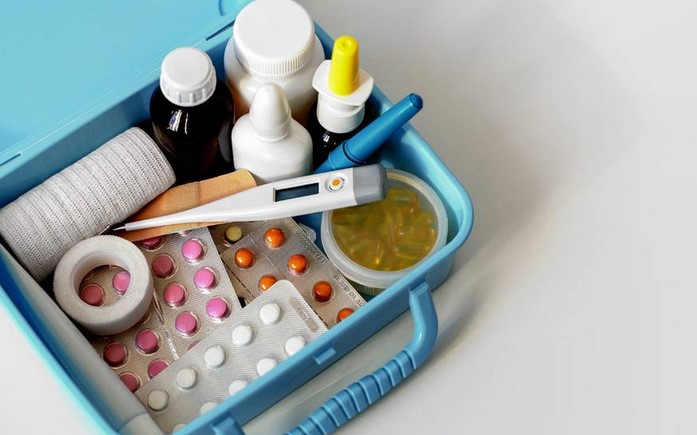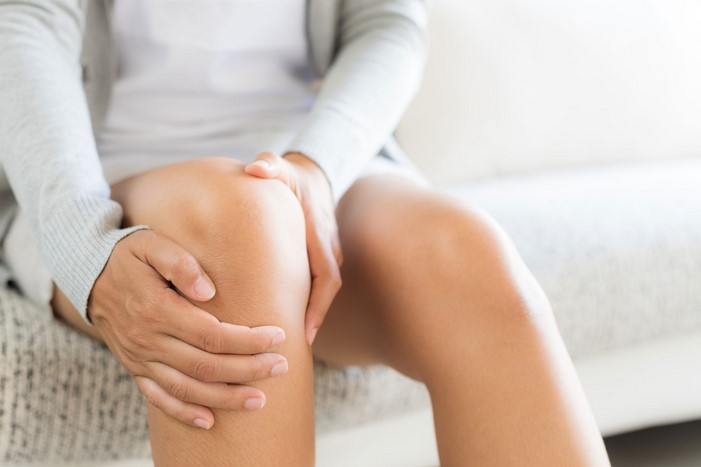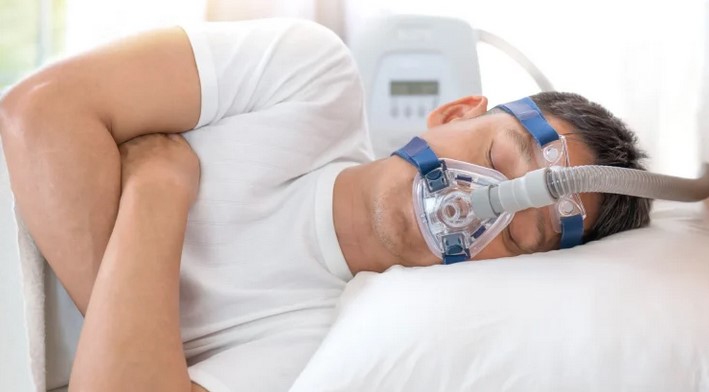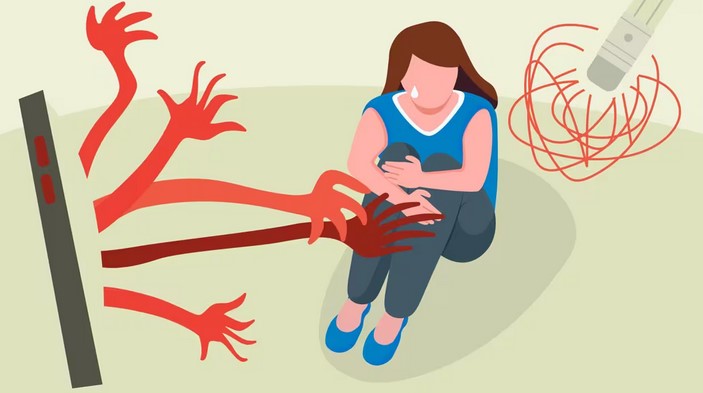
Women’s health is an essential area of focus at every stage of life. From adolescence through adulthood to the senior years, women face unique health challenges and risks. Hormonal changes, reproductive health, mental well-being, and lifestyle factors all play a significant role in maintaining overall health and wellness. Women’s health is not just about preventing illness but also about optimizing well-being and achieving balance in physical, emotional, and mental aspects of life. In this article, we’ll explore essential tips that women can incorporate into their daily lives to promote lifelong wellness.
The Foundation of Women’s Health: A Holistic Approach
Women’s health is a complex and multi-dimensional subject. To achieve optimal health, women need to adopt a holistic approach that considers their physical, emotional, and social well-being. This means looking at factors such as nutrition, exercise, mental health, and regular medical check-ups as key contributors to overall wellness.
A crucial element of lifelong health is understanding and managing the various stages of life. From the teenage years marked by puberty and menstruation to the reproductive years, perimenopause, and menopause, each stage brings specific health considerations. Proper education and awareness about these changes help women navigate life transitions with ease and confidence.
Additionally, taking steps to address emotional health is vital. Women often juggle multiple responsibilities—career, family, social obligations—and may experience higher rates of stress, anxiety, and depression than men. Managing emotional and mental well-being is just as important as maintaining physical health.
The Role of Nutrition in Women’s Health
A well-balanced diet plays a significant role in supporting women’s health. Nutrition is the foundation upon which physical and mental health is built. Nutrient-rich foods provide the body with the necessary building blocks to function at its best.
- Calcium and Vitamin D: Bone health is a major concern for women, especially as they age. Osteoporosis, a condition where bones become brittle and fragile, is more common in women than in men. Adequate intake of calcium and vitamin D is essential for maintaining strong bones. Dairy products, leafy greens, and fortified foods are great sources of calcium, while sunlight exposure helps the body produce vitamin D.
- Iron: Women of reproductive age lose iron through menstruation, making them more susceptible to iron deficiency. Iron-rich foods like lean meats, legumes, and fortified cereals can help maintain healthy iron levels.
- Antioxidants: Foods rich in antioxidants, such as berries, nuts, and vegetables, support the immune system and protect against inflammation. They also help reduce the risk of chronic diseases like heart disease and cancer.
- Healthy Fats: Omega-3 fatty acids, found in fatty fish like salmon and plant-based sources like flaxseeds, support heart health and reduce inflammation.
Taking a mindful approach to diet—focusing on whole, nutrient-dense foods while limiting processed foods—can have long-lasting positive effects on both physical and mental well-being.
The Importance of Regular Exercise for Women
Physical activity is one of the most effective ways to maintain a healthy body and mind. Regular exercise helps reduce the risk of chronic diseases like heart disease, diabetes, and certain types of cancer. It also improves mental health by releasing endorphins, which are the body’s natural mood elevators.
Women should aim to incorporate a combination of cardiovascular, strength, and flexibility exercises into their routine. A balanced approach not only improves cardiovascular health but also supports muscle strength, bone health, and mental clarity. Here are some tips to ensure a well-rounded exercise regimen:
1. Cardiovascular Exercise
Cardio exercises such as walking, running, cycling, or swimming improve heart health, boost metabolism, and aid in weight management. Aim for at least 150 minutes of moderate-intensity aerobic activity per week, or 75 minutes of vigorous-intensity activity.
2. Strength Training
Strength training is crucial for women, especially as they age, to preserve muscle mass and support bone density. This can include weightlifting, resistance band exercises, or bodyweight exercises like squats and push-ups. Aim to do strength training exercises at least two days a week.
3. Flexibility and Balance
Yoga, Pilates, and stretching exercises help improve flexibility, reduce the risk of injuries, and enhance balance. These exercises are particularly important for older women as they reduce the risk of falls and maintain joint mobility.
Not only does exercise enhance physical health, but it also plays a vital role in mental well-being. Women who exercise regularly report lower levels of stress and anxiety and a greater sense of emotional well-being.
Mental Health: Prioritizing Emotional and Psychological Wellness
Mental health is an integral part of women’s health, yet it is often overlooked. The pressures women face—balancing careers, family responsibilities, and personal goals—can take a toll on mental health. Conditions such as anxiety, depression, and stress are common but can be managed with the right strategies.
1. Self-Care and Stress Management
Women must prioritize self-care in their busy lives. Regular breaks, relaxation techniques such as meditation, and setting aside time for hobbies or social activities can significantly reduce stress and improve mental health.
Practicing mindfulness, where you focus on the present moment without judgment, can also help manage anxiety and depression. Mindfulness techniques, such as deep breathing and guided visualization, have been shown to reduce stress and enhance emotional regulation.
2. Seek Professional Support
If emotional or psychological challenges become overwhelming, seeking help from a therapist, counselor, or mental health professional is important. Therapy, including Cognitive Behavioral Therapy (CBT) and other forms of counseling, can provide coping strategies and emotional support. It’s crucial to remember that asking for help is a sign of strength, not weakness.
3. Build a Support Network
Building and maintaining strong relationships with friends, family, or a community support network is essential for emotional well-being. Social connections help women feel valued and provide a sense of belonging.
Regular socializing and connecting with others can alleviate feelings of loneliness and provide emotional support during difficult times.
Women’s health requires consistent attention and care throughout every stage of life. By incorporating a balanced diet, regular exercise, and effective stress management into daily life, women can optimize their health and well-being. In addition, understanding and addressing emotional and mental health is crucial for achieving lifelong wellness.
Remember, health is a dynamic journey, and taking proactive steps today can set the foundation for a healthy and fulfilling future. Women’s health is not a one-size-fits-all approach—every woman’s needs are unique. By seeking personalized care, staying informed, and prioritizing self-care, women can enjoy a long, healthy, and vibrant life. Make wellness a lifelong commitment, and embrace the journey toward better health.





 Metabolism plays a crucial role in how your body processes energy, burns fat, and supports overall health. The rate at which your body burns calories can impact your weight management, energy levels, and even the efficiency of your workouts. While some factors, like genetics and age, can influence metabolism, Eating for Metabolism Boost can significantly improve its efficiency. By incorporating certain foods into your daily routine, you can help stimulate your metabolism, enhance fat burning, and keep your body running at its optimal speed. In this article, we will explore the best foods to speed up your metabolism and why they work.
Metabolism plays a crucial role in how your body processes energy, burns fat, and supports overall health. The rate at which your body burns calories can impact your weight management, energy levels, and even the efficiency of your workouts. While some factors, like genetics and age, can influence metabolism, Eating for Metabolism Boost can significantly improve its efficiency. By incorporating certain foods into your daily routine, you can help stimulate your metabolism, enhance fat burning, and keep your body running at its optimal speed. In this article, we will explore the best foods to speed up your metabolism and why they work.

